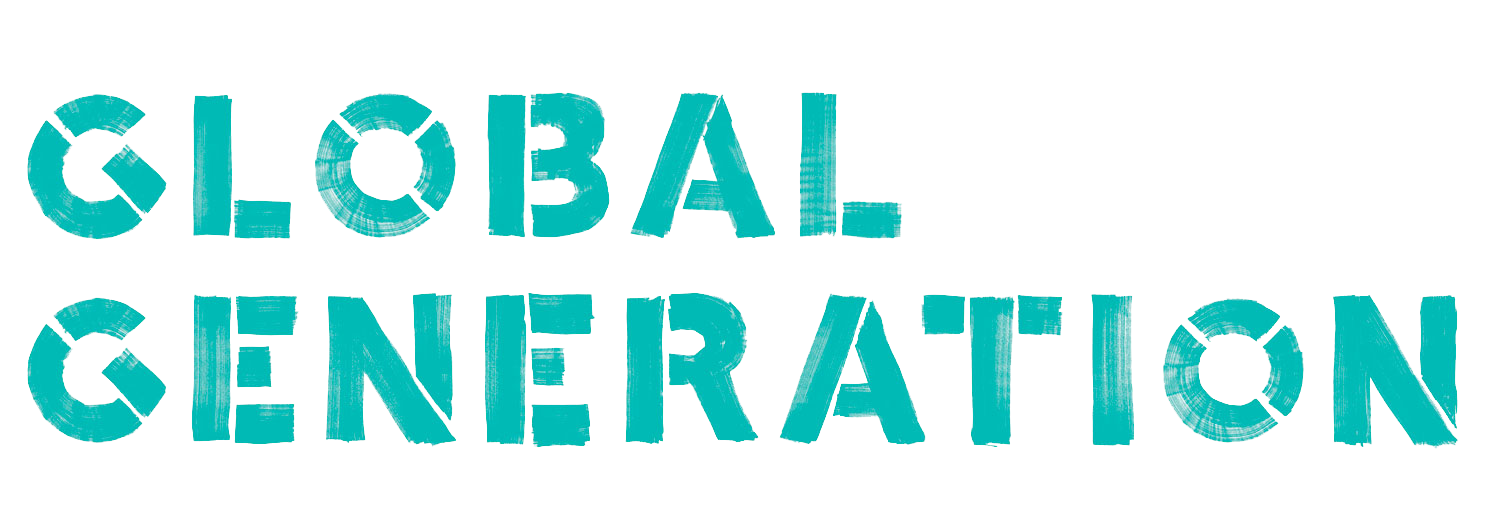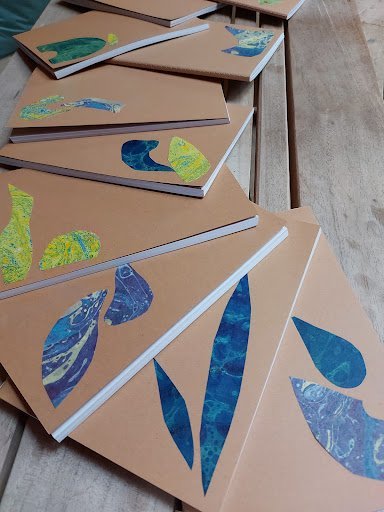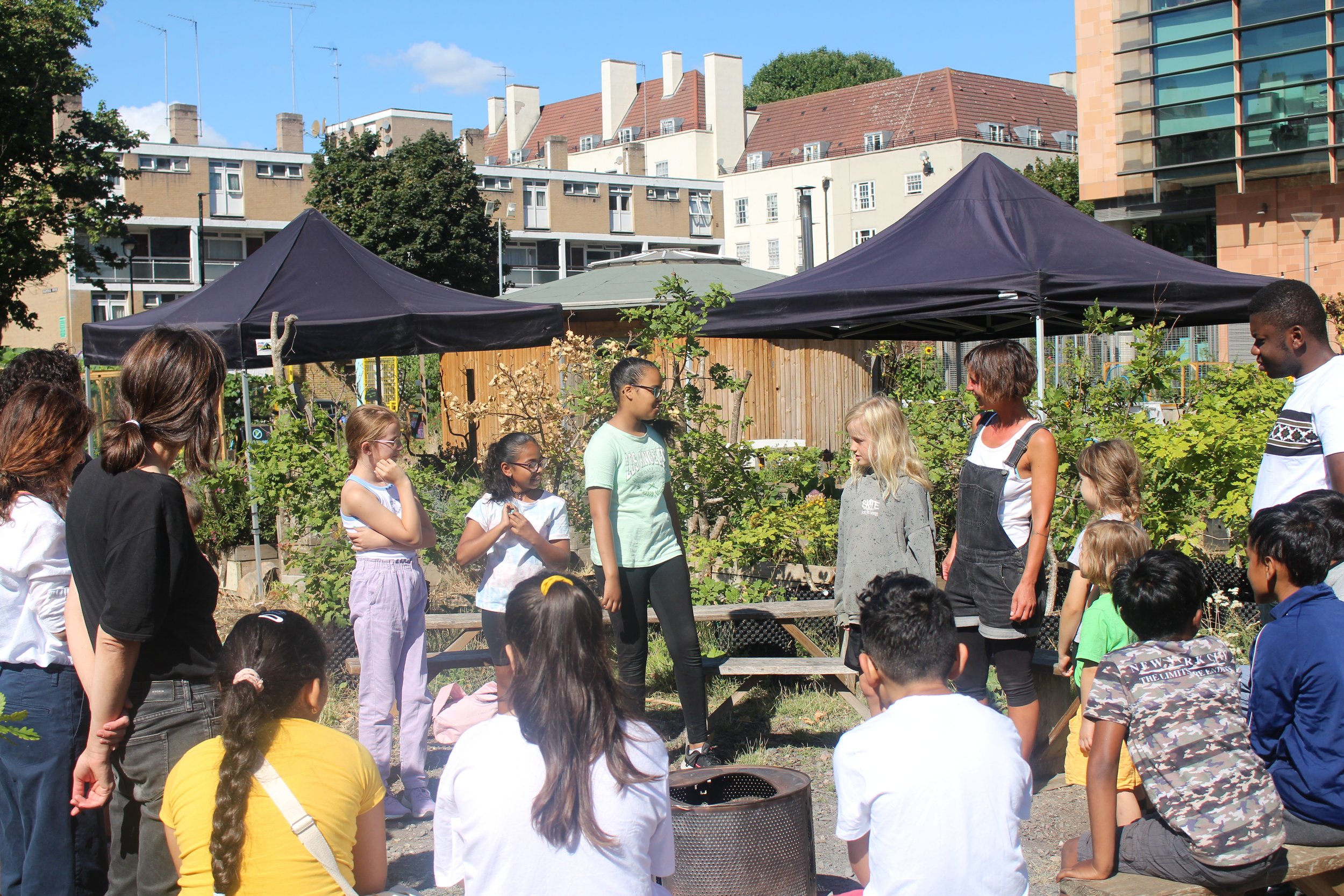The dUST, THE DRAGON AND THE LETTERS: oN HIDDEN RIVERS
For about 100 days a year, across the Atlantic Ocean, a river of dust made by siliceous shells and skeletons belonging to ancient diatoms (single cell algae), travels from the Bodélé Depression in the african region of Chad, to the Amazon Rainforest, swept up by strong saharan winds. Without this migrant dust made of diatoms once part of the prehistoric Mega-Lake Chad, the Amazon cannot supply the planet with oxygen. These ancient microscopic algae provide a source of nutrients and minerals to the Amazon basin and so we are alive because of the work of cells that have been dead for a few thousands years.
When I go to bed, the last thing I do is to look up at the sky and spend a few seconds wondering. Wondering if my father is cold in the now empty house back home, wondering where the moon has gone, wondering what's moving on the highest leaves of my neighbour’s tree. By looking outside before closing the curtains, I experience something that is not measurable and I am not sure how to describe it but I do it every night. I don’t know exactly why but the experience of that moment in silence is like saying thanks to everything that keeps me alive. The diatoms, the rainforest, the moon, the rays of sun, the winds, these connections are Nature and they shape our life whether I notice or not. So, overwhelmed once more by the teachings of nature, I write (I don’t want to lose this dance of thoughts and I hear myself in those moments where I invite young people to share their writing because every single story is part of a collective story and each single experience might prompt the listener into new enquiries).
So I ask myself a question: Is my role as a youth worker to support young people in a journey of exploration and celebration of the invisible connections on which our life depends? What is the role of the unheard voices or forgotten stories for the weekly gathering of young people in our new GG Generator Programme?
What does it take to form a leader and a strong community? Is it perhaps time for human beings to go back to the pre-modernisation era where we didn’t see ourselves as being separate from nature but part of it, where we listened with respect and devotion to our ancestors and sang songs about the more fragile yet precious beings of the planet?
Might I create transformative and healing opportunities by telling a mythical story? Might the past generate new life in a cycle of action and reflection?
The youth team has been busy In the last four months at the Story Garden. We have been running a Summer Club (Funded by Young Camden Foundation’s Holiday Activity fund) and a residential at Wilderness Wood. We started another cycle of the Generator programme, funded by Ernest Cook Trust and British Land Regent's Place, and we also began the first phase of the Voices of the Water project funded by The National Lottery Heritage Fund, taking primary schools and young fellows on a journey of exploration and enquiry around water through cultural, mythical, scientific and personal stories inspired by the hidden river Fleet and the visible Regent’s Canal on which GG’s Floating Garden Barge is getting refurbished to become a long term base for our work in the community.
Jane Riddiford (former Director and new Honorary Trustee) and Lucy (Fellow and co-facilitator during the Summer Club) have written blogs that are woven into this writing of mine. A story came to me in the form of a dragon of the river Fleet, called Taniwha. The story has become a central narrative of this phase of our Voices of the Water project. In different ways all of us, Jane, Lucy and I have included Taniwha in our inquiries and our writing which comes together as a form of collaborative research, helping us reflect and work towards the creation of transformative spaces for ourselves, others and the world. In Jane’s blog she describes the Māori origin of dragon-like creatures called taniwhas and Lucy describes what Taniwha in my story meant for her as a young Londoner. And for me? Why was Taniwha important?
Stories reveal worlds, attitudes, rituals. They help create common ground and surface questions that can reorient how we inhabit the earth. I told Taniwha’s story to young children last August. If only they knew what was going on inside me. The hours before the storytelling my mind was only thinking about the words to say and so I had forgotten the right sequence of activities and Nicole, joint Director who was also facilitating that week, corrected me a couple of times. I felt almost paralysed inside, dry not only on my tongue but in every single organ of my body. A body in need of escaping far away, a mind that wanted to ask for forgiveness for the way it was. So here I am, kids looking at me. It is my story telling moment. Nicole introduces me and… Tongue is big, bigger than my mouth. My eyes hurt. My gestures (I am Italian, hands should always move), gone, disappeared. What was left of me, my body standing in the oak circle, started the story. I could see myself from a small branch of an oak tree. A voice whispering “Come on Silvia, you can do it! Imagine you are telling this story to your daughters”. The kids were listening, and were captured. And then suddenly I realised…. I made my way to the last line.
When the kids left for lunch, I was standing there feeling I wanted to do it better. It reminded me of the feeling I had most of the time since I was little. Lots of things and ideas but imprisoned behind bars of body, tongue and words. Earthquakes under my feet reminded me of that day in primary school when the year 2 teacher asked me to take a letter to the year 6 classroom on the upper floor. I was so terrified that when I arrived in front of the Y6 door, I didn’t knock and left the letter outside on the floor. That Y2 girl is still in me, and that door is still in front of me in many situations. But Taniwha's story is teaching me that I can imagine myself opening that door. So I rewrote the story to make it personal and the moment I wove my inquiry into it (as a mother and youth worker) the story changed and changed me. The story of Taniwha became a hopeful doorway into my past, my dark places and my work. Taniwha calls me from the inside. She wants to be freed. She is the strength made of questions that want to be awakened. I can hear her.
Is Taniwha the dragon of the sacred uniqueness that is inside of all us and needs to be revealed? Is Taniwha the voice of our human and ‘other than human’ ancestors?
With Global Generation’s young people and adults, we visited the British Library and, under the wonderful guide of Christian Algar, we looked at old manuscripts about the river Fleet and the Thames. In another sessions, We meditated by water places, looked at pond creatures in Camley Street Natural Park, drew diatoms using natural watercolours, drank water infused by the power of the moon, helped plant up the Floating Garden and designed, with artist Bryony Benge-Abbott, a mural over Phoenix Court with mythical sea creatures.
There is one important thing we have not done yet but are planning to do soon as the fellows also heard its voice. We should go, walk and listen to the Fleet as a physical and spiritual trace of Taniwha. I want to listen to the Fleet as a River of Hope. I want to listen to the water’s voice that I imagine whispers “grow and learn with young people, find the Taniwha inside, find that place where things are possible, where things are sacred and celebrated. The space where the past is recognized, where the unheard voices are heard, where the mythical, cultural and microscopic stories can lead the way into ourselves and the future, a place where we can be, we can slow down, listen, communicate and connect once more.”









The barge art session hosted by Sarah Pimenta and Pia Jones was reviving.